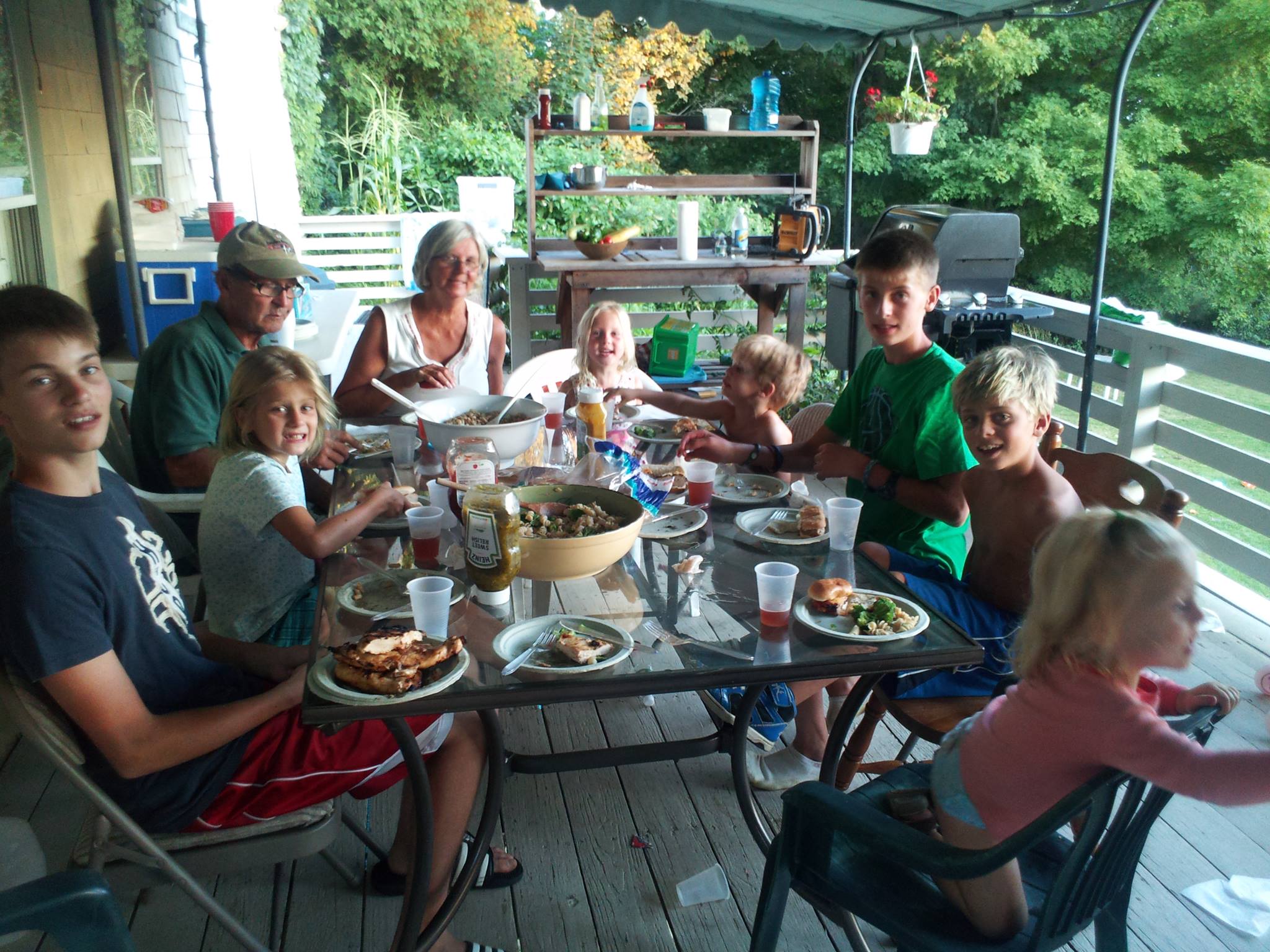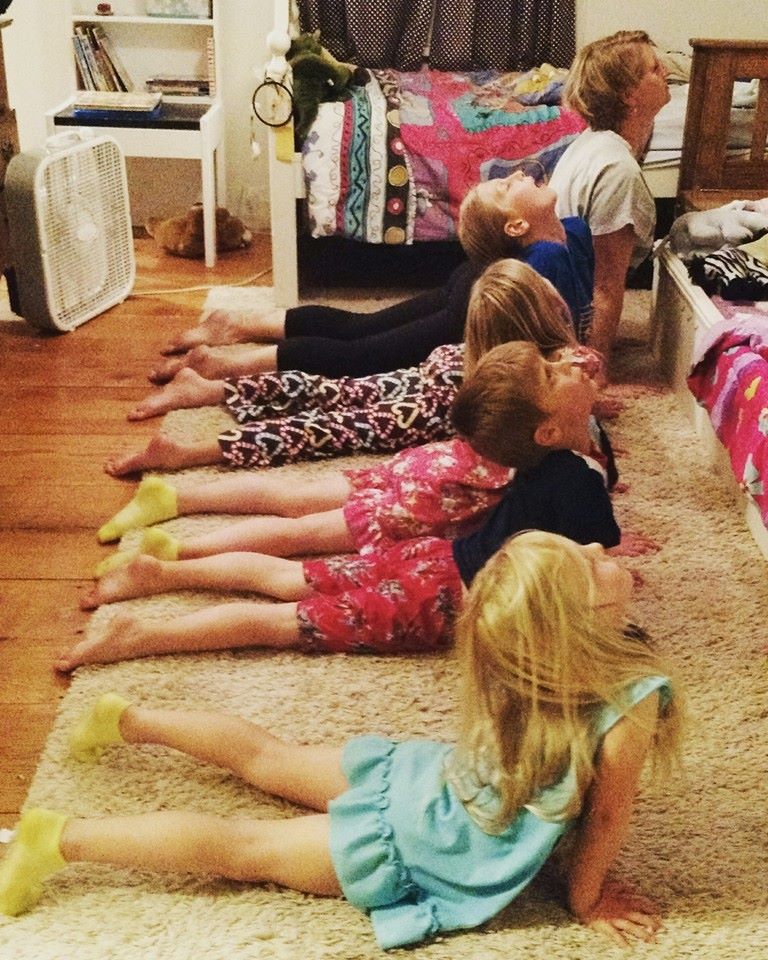
Many elementary and preschool classrooms start their day with some form of a class meeting. They might call it circle time or morning meeting.
Schools use these meetings to share information, establish classroom routines, discuss important information, create a sense of community and ensure that all class members feel included and important.
If you’ve ever seen a set of classroom rules displayed on the wall of your child’s classroom, there is a good chance those rules were determined by the entire class during a morning meeting where every member of the class had an opportunity to participate in and contribute to the conversation.
You know how when your kids help you out in the kitchen and they are involved in the preparation and cooking of a meal they are more likely to actually eat whatever was made?
That’s becuase they’ve got some ownership of the food in front of them.
It’s the same thing with making those classroom rules during a morning meeting.
When the kids generate the list of rules, they are more likely to have respect for them and abide by them.
The same principles of the morning meeting can be applied to your family.
Most families don’t have the time or the need to hold daily meetings.
But weekly family meetings can be a great way for you to come together as a family, to give everyone a chance to discuss things that are important to them, and to try to find solutions to problems together.
Just as with class meetings, when the whole family participates in family meetings, the whole family feels more ownership of the things that are brought to the table and being discussed.
In this day and age with many households having both parents working full-time and kids being involved in so many activities, family meetings serve many purposes.
They are a weekly opportunity for everyone to connect.
They give children an opportunity to discuss things that are important to them.

They give parents an opportunity to address routines that are not working and responsibilities that are not being met.
Rather than losing it on your kids when the playroom looks like this five minutes after you spent the last hour cleaning it:

You could address this at a family meeting.
We are having trouble keeping the playroom neat. What do you think we could do to prevent it from getting to be so messy?
This opens up a conversation and allows kids to think about what could be done to keep the playroom neat. And when the kids come up with solutions, it is much easier for you to gently remind them of one of their suggestions rather than lose your mind and threaten to throw every single one of their toys in the dumpster.
Family meetings are an opportunity for you to discuss how the whole family can pitch in.

Family meetings are a great time to make a list together of all the things your kids can do for fun that don’t involve electronics.

Family meetings are a great time to give your kids an opportunity to discuss things they’d like to do (like “camp out” inside and other things that don’t happen all that often).

Family meetings don’t have to be all business. They don’t have to be seated around table. They don’t have to discuss an “issue”.
You could have a pajama family meeting in bed. And just share your favorite moment of the day or share your highs and lows.

You could have a yoga family meeting.

You can have family meetings in the car on the way to practices after school or on a road trip!

Family meetings are a great time to discuss how to prevent your laundry situation from looking like this:

What ideas do you guys have for keeping the laundry under control?
Want to give family meetings a try?
Here are 5 tips to get you started:
1. Start small.
Family meetings take practice. Trying to sit your kids down for 30 minutes to do a complete overhaul of how your family functions is probably going to backfire. Aim for five minutes for your first meeting. Just get the kids used to sitting down. Give each of them a compliment.
Johnny, I really appreciate how you helped clear the table yesterday. It made my day easier! Thank you!
Leave it at that. Then next week, you can ask the kids to give one compliment to another family member. And then you can build from there.
2. Keep the first couple meetings fun.
Give a compliment. Then play charades or hangman or something simple but fun. Family meetings can take place around the dinner table, on the floor, in your bed, or anywhere.
3. Limit more serious topics to one per meeting.
Your kids can’t handle much more than that before they lose interest.
4. Have reasonable expectations.
This is new to your kids, so it’s going to take some getting used to, and your kids may be silly/annoying/disruptive in the first few meetings.
5. Limit meetings to the kids over three years old.
Kids under three are just too young to understand what is going on and will make it difficult to have an effective meeting. Sometimes it’s helpful to hold them after the younger kids are in bed.
6. Let the kids run the meetings.
Once you have had ample time to practice, allow the kids to have turns running your family meetings. This not only helps teach them how to communicate effectively, but also reinforces that they are important and vital members of the family!
Every family is different. Through trial and error you will find the right formula for yours.
If you think you might want to try this with your family, summer can be a great time to introduce the concept of a family meeting to your routine when schedules are a little less hectic and more relaxed.
Give it a shot.
You’ve got nothing to lose, but the potential to gain a whole lot.


Leave a Reply